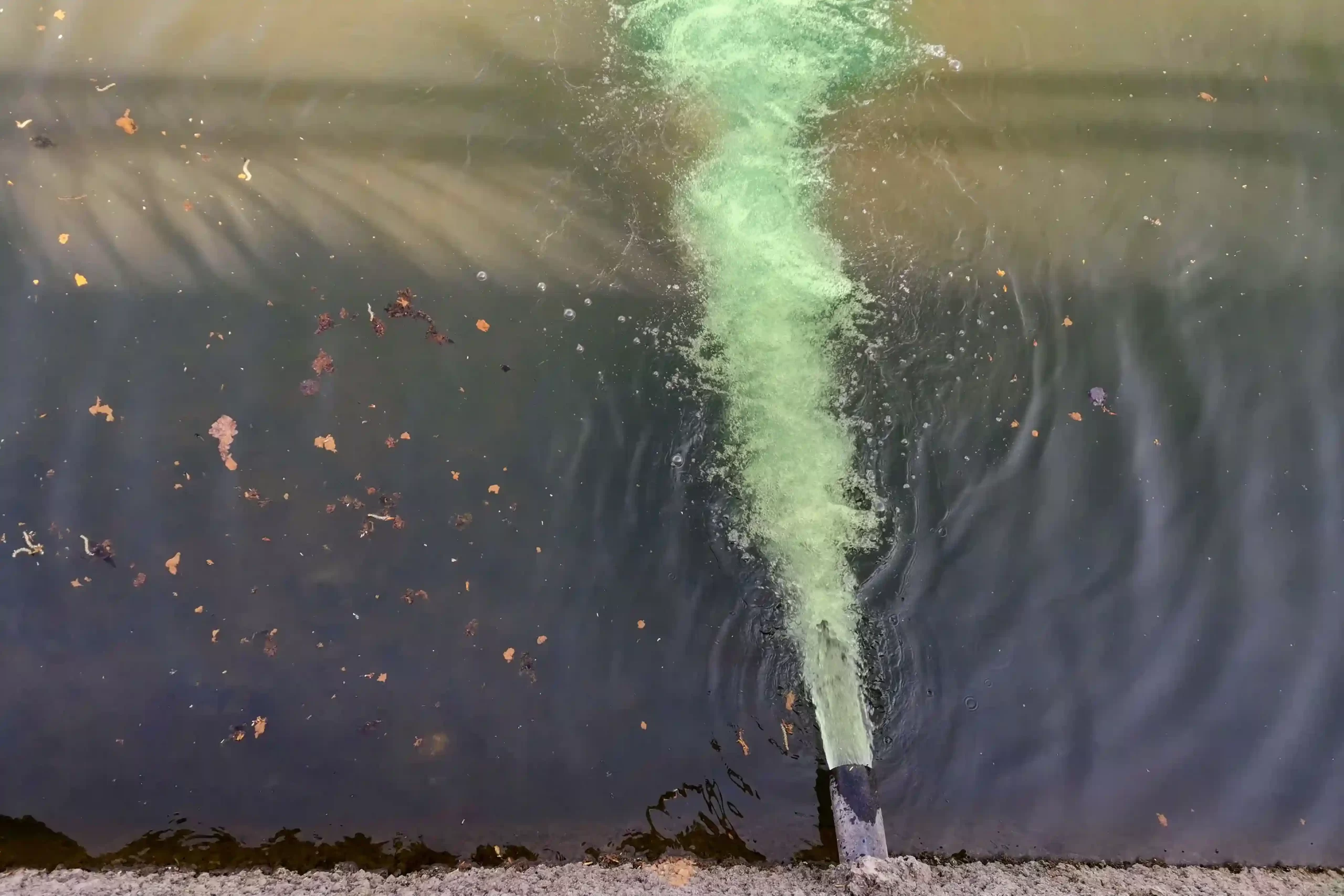When it comes to safeguarding our water ecosystems, knowledge is power. Here, then, we delve into a fundamental and vital concept: electrical conductivity (EC). We’ll also take a look at its pivotal role in the realm of water quality monitoring – our speciality!
What is electrical conductivity?
Electrical conductivity (σ) in water refers to its capacity to conduct an electrical current. When salts and other inorganic compounds break down in water, they transform into ions – which increase the conductivity. If you were to compare the conductivity of your everyday drinking water to the vastness of seawater, you would notice a significant difference. The conductivity of seawater is much higher because of its salinity.
There are various factors that contribute to this variance, from natural elements like salts and sediments to potential contaminants that pose risks to both aquatic life and human health.
The unit of electrical conductivity
Conductivity is measured using Siemens per centimetre (S/cm) or microSiemens per centimetre (μS/cm). This measure is offered in two main formats: actual and specific conductivity.
- Actual conductivity provides readings at the sample’s temperature.
- Specific conductivity standardises results to 25°C or 20°C.
The latter proves invaluable for cross-location and cross-time comparisons, as it acknowledges temperature variations.
Why is electrical conductivity important?
Electrical conductivity is an especially useful parameter to measure when undertaking environmental or process monitoring. It’s used in a range of different industries’ quality control processes — for example, measuring the purity of certain types of metals is vital to the jewellery industry, but also aerospace, pharmaceutical, and more.
When it comes to water quality, though, electrical conductivity is a bedrock of environmental diagnosis.
The significance of electrical conductivity in water
To put it simply, the higher the EC of water, the less pure it is.
A higher electrical conductivity reading can indicate that there are lots of dissolved substances, chemicals, and minerals present.
Factors that impact the EC of water include:
- Evaporation (takes water away but not salts)
- Rain (adds water)
- Temperature (even a single Celsius can change it by 2-3%)
- Pollution
- Sewage discharges
- Road salt leachate
- Agricultural and industrial runoff

Let’s take a closer look at some of the ways in which electrical conductivity provides helpful environmental readings.
Detecting saltwater intrusion
In groundwater applications, EC is a frontline defender against saltwater intrusion. Monitoring changes in conductivity can help identify shifts in the all-important balance between fresh and saline water — crucial for preserving freshwater resources.
Pinpointing pollution events
Electrical conductivity can detect sudden spikes or alterations in water quality, acting as a reliable indicator of pollution events. Though it will not tell you what pollutants are present, an EC reading serves to detect issues early, allowing for prompt intervention and helping you determine where best to focus your monitoring activities.
When used alongside other parameters, the causes for the change can be identified in more detail.
All of this makes the electrical conductivity of water an important reading for a range of applications, including:
- Aquaculture systems & fisheries – because fish can only withstand a limited EC range
- Environmental monitoring organisations
- Wastewater treatment facilities – for removing contaminants & impurities, and monitoring local waterways for pollution events
- Lab environments where water purity is vital for accurate results
- Food and beverage factories.
Which parameters can be calculated from conductivity?
Two parameters which are commonly derived from the measurement of conductivity are TDS and salinity. TDS – or Total Dissolved Solids – is a measurement of the concentration of solids dissolved in the water, like inorganic salts or organic matter. Salinity, by comparison, is the measurement of the concentration levels of dissolved salts in water, which is especially important when monitoring water to ensure a specific salinity level for aquatic life in industries such as aquaculture.
Dive deeper, protect better
For accurate, reliable insights into electrical conductivity and a range of other parameters, you can trust Aquaread. Our water quality monitoring equipment range is used by a variety of industries and educational facilities looking to dive deeper into water health.
To find out more about electrical conductivity and how it’s measured, use our main EC page. And, if you have any questions or queries, don’t hesitate to get in touch!

